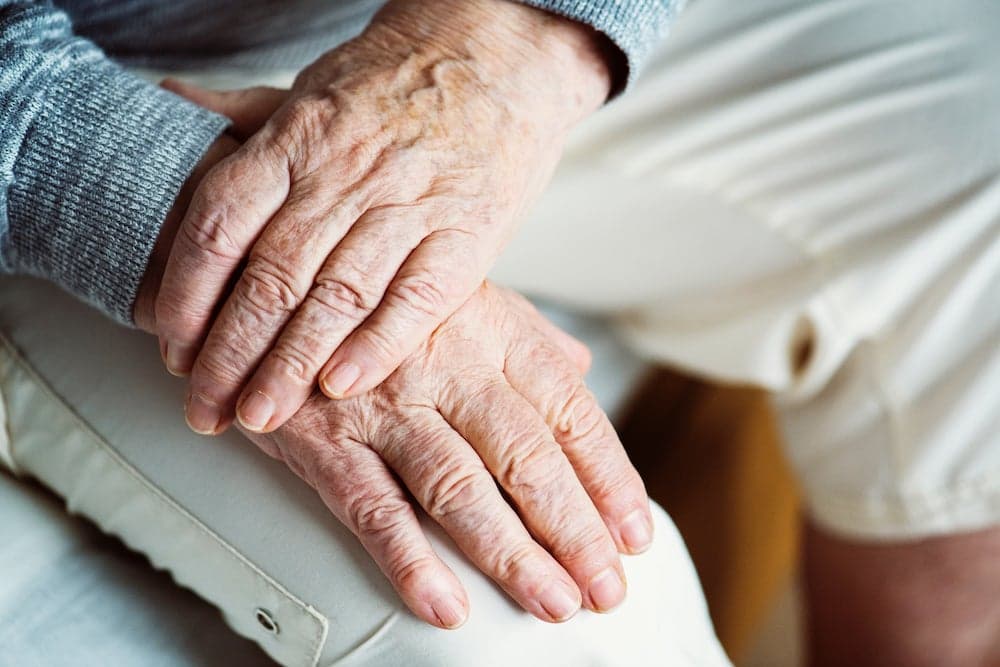
2023-07-31T14:29:37
What Parents Should Know About Pediatric Neurology: A Neurologist’s Guide to Common Conditions and Treatments
- Neurology
- Pediatrics
April 4, 2017 | Neurology
Specialties:Neurology

Several diseases can affect our ability to control how we move our body. Many of these diseases are known as “movement disorders”. Perhaps one of the most well-known movement disorders is Parkinson’s disease, a degenerative condition that affects the central nervous system. Nearly one million people in the United States are living with Parkinson’s disease, and there is not yet a cure.
Parkinson’s disease is a progressive disorder, which means symptoms are gradual and worsen over time, and it affects the nervous system—the part of your body that controls movement. People in the early stages of Parkinson’s disease might notice a few symptoms like stiffness or trouble moving certain body parts, but as the condition progresses, people can lose more control over parts of their body.
Additional problems such as difficulty thinking clearly, emotional changes, bladder problems, constipation and sleep disorders often accompany Parkinson’s disease. People with Parkinson’s disease may also experience other complications including fatigue, pain, suppressed sense of smell and sexual dysfunction.
Although no tests exist to diagnose Parkinson’s disease, your neurologist can diagnose the condition using a review of your medical history, a discussion of your signs and symptoms, and a basic examination. Other tests like MRI, ultrasounds and PET scans may be used in the diagnosis process to rule out other neurological disorders. You may not notice symptoms during the early stages of the disease, but you will see the severity of symptoms increase as the disease progresses. Some common symptoms include:
There are no known causes of Parkinson’s disease, but there are several factors that may increase the risk of developing it:
Although there is no cure for Parkinson’s disease, your doctor may recommend two main approaches to treatment:
Your doctor may also recommend things like therapy and lifestyle adjustments like healthy eating and exercise—speech therapy is also common for patients with Parkinson’s disease. A combination of these treatments can’t cure Parkinson’s disease, but they can do well to help people manage and reduce their symptoms.
For people living with Parkinson’s, it’s understood that falls can become more common as motor symptoms continue to worsen. You may not realize, however, that potential hazards within your own home can amplify safety risks.
With this in mind, the National Council on Aging has developed comprehensive programs with a wide variety of practical tips and recommendations from experts, including:
They also offer an actionable PDF checklist that you can use to ensure you and your loved ones remain safe at home.
WRITTEN BY:
The Live Better Team

2023-07-31T14:29:37

2019-10-15T15:29:00

2019-06-24T09:40:36

2018-06-27T12:00:38
This information is not intended to replace the advice of a medical professional. You should always consult your doctor before making decisions about your health.